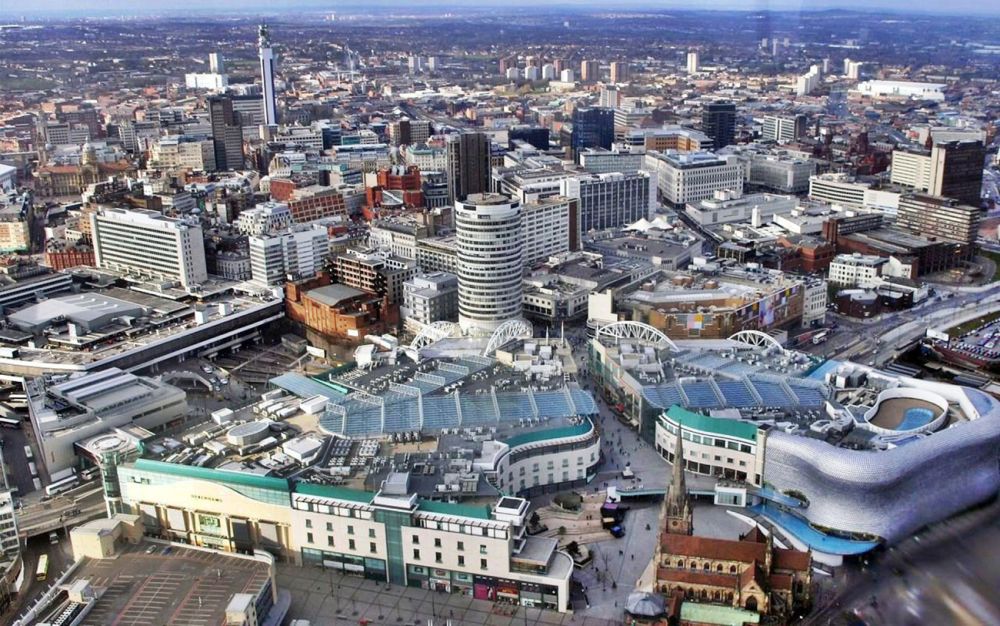

Birmingham, often described as the UK's "Second City," has a rich historical tapestry that has contributed to its status as a vibrant tourist destination. The city's origins date back to the Anglo-Saxon period, but it was during the Industrial Revolution that Birmingham really came into prominence. With the city's growth as an industrial powerhouse, came architectural and cultural developments that would later form the basis of its tourist appeal.
The Industrial Revolution saw Birmingham at the forefront of worldwide advances in technology and manufacturing, leading to an increase in wealth and the construction of grand buildings. Notable examples include the Town Hall and the Council House. At this time, Birmingham's extensive canal system, which is now often cited as having more miles than Venice, was primarily for the transport of goods, but today forms a picturesque backdrop for leisure activities and waterside dining, making it a unique attraction for visitors.
By the late 19th and early 20th century, Birmingham began establishing cultural institutions which would become major tourist draws. Notably, the Birmingham Museum and Art Gallery, which opened in 1885, features world-class collections that have been attracting art and history enthusiasts for decades.
Post-World War II regeneration included the development of the Birmingham Symphony Hall, opened in 1991, which is now acclaimed as one of the best concert halls in the world. The creation of the Birmingham Hippodrome and redevelopment of the Royal Ballet also contributed to the city's growing reputation as a cultural hub.
Birmingham has seen significant transformations since the 1990s, with the redevelopment of the Bullring shopping area, which reintroduced Birmingham as a contemporary retail destination. The city's nightlife, centred on areas like Broad Street and Brindleyplace, has also become a major pull for domestic and international tourists alike.
The introduction of the International Convention Centre (ICC) and National Exhibition Centre (NEC), has established Birmingham as a key destination for national and international events, drawing additional tourism and promoting global recognition.
The 21st century has seen an emphasis on regeneration and sustainability, with ongoing projects such as the High-Speed 2 (HS2) railway expected to bolster connectivity and increase visitation numbers substantially upon completion.
In line with global tourism trends, Birmingham has been experiencing a surge in experiential and culinary tourism. The city has developed a formidable culinary scene, boasting a range of Michelin-starred restaurants, reflecting the diversity of its population. Furthermore, immersive experiences at places such as the Cadbury World chocolate factory continue to be a major draw.
The development of digital technology and social media influence has also seen Birmingham's tourism evolve, with initiatives such as virtual tours and online interactive maps gaining popularity among those planning visits. As a city with a legacy of innovation, Birmingham continues to embrace these trends, ensuring that it remains a relevant and exciting destination for modern travelers.
From its industrial roots to its present-day status as a hub of culture, shopping, and dining, Birmingham's evolution has shaped its appeal in the world of tourism. With a mix of historic attractions and modern amenities, it is poised to continue growing as a premier destination for visitors from around the globe.